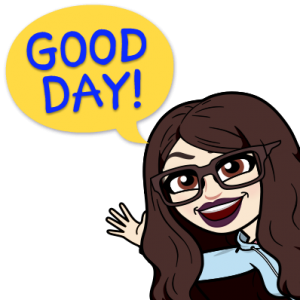 Hi, everyone!
Hi, everyone!
Today I want to dive a little bit deeper into a daily journal for students.
What is happening right now, while on one level is incredibly stressful and frightening, is also, very literally, history in the making. Schools and city buildings are closed, concerts, live theater, movies, and sports events have been cancelled. Playgrounds and fields are off-limits. Business are closed or scrambling to modify being open. Families who don’t live together have been asked to stay away from loved ones. Travel is restricted. Every single change to our usual way of life is being recorded to be read back and reflected upon in the future. Why not support your child create their own source text for this experience? They are living history right now, and they are perfectly poised to capture and reflect on it, in authentic and genuine ways. 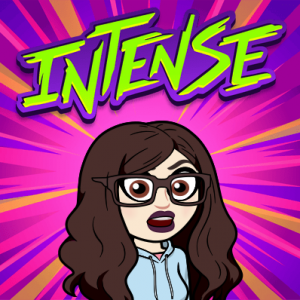
Invite your student to write daily about their life. What is a change they can think about today? How do they feel about this particular change? What does it look like? Have them write the date, and draw or add pictures to illustrate what is happening right now, today, how they feel about it, what they are doing. What is something they are grateful for?
Giving our students the opportunity to write history from their point of view will give them something incredibly valuable to look back as their own, unique, experience from this global crisis. We are individuals, living through a situation that is much, much bigger than each of us. Our students will be able to look back on their own experiences and see the life of these moments reflected back at them, and that is such a beautiful opportunity.
Daily Journal – blank cover
Daily Journal – with cover
Their journal doesn’t have to be anything fancy. Stapling blank paper together as a makeshift book always works! The important part is to encourage your student. Self-reflection is a tricky activity, even for adults, so this activity might need a little bit of adult support and prompting. Once your student gets going on their ideas though, encourage them to add as much as possible. Details to their drawing, specific details they say but don’t immediately write down. Help them record as much as possible – this might mean adding notes after they finish.
15 minutes is a long time to be focused on an activity at this age, and if they’re engaged, by all means, let them continue! But if they’re winding down, let them stop when they feel finished so that they feel refreshed when you revisit this activity again! While I would absolutely love to see their journal entries of any kind, this is an activity that will mostly be for them, as they grow up.
I inserted two file links you can consider using if you haven’t already got something in place! One option has a blank first page so that, when printed, students can design their own cover completely. And then I added a second version, with a cover they can fill in and add to!
If your schedule allows it (and, for many, it won’t), sit down with your student and fill in your own journal to record what is happening right now! Your student will be all the more engaged if they can mirror their adults with this activity, and then you can each move forward with a piece of unique history to hold on to.
p.s. This activity hits SO MANY of the BC curriculum Big Ideas and Curricular Competencies and Content for Language Arts, Social Studies, and Career Education I honestly can’t recommend it enough.

If you need help accessing supplies or printing, let me know and I will work something out!
-Miss Cobbett

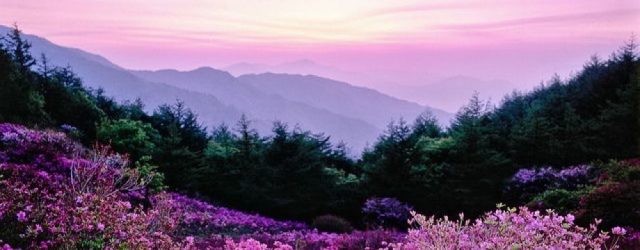
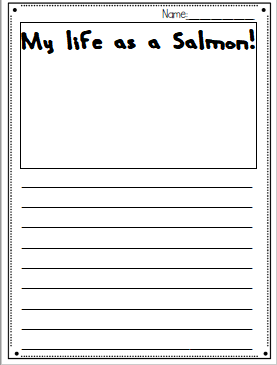
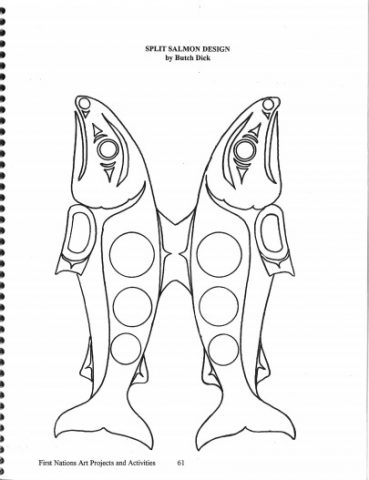

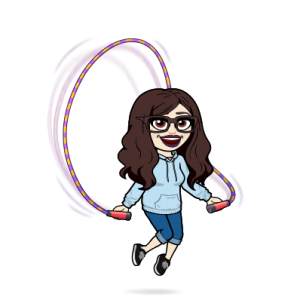 JumpRope for Heart feels like it was a long time ago, but teachers haven’t forgotten about the amazing fundraising that students did! As promised, for raising over $5000, Mr. Nussbaumer and Ms. Mackie had an Egg-Off today outside our school!
JumpRope for Heart feels like it was a long time ago, but teachers haven’t forgotten about the amazing fundraising that students did! As promised, for raising over $5000, Mr. Nussbaumer and Ms. Mackie had an Egg-Off today outside our school! 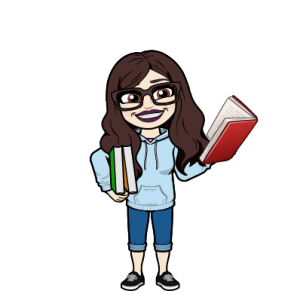
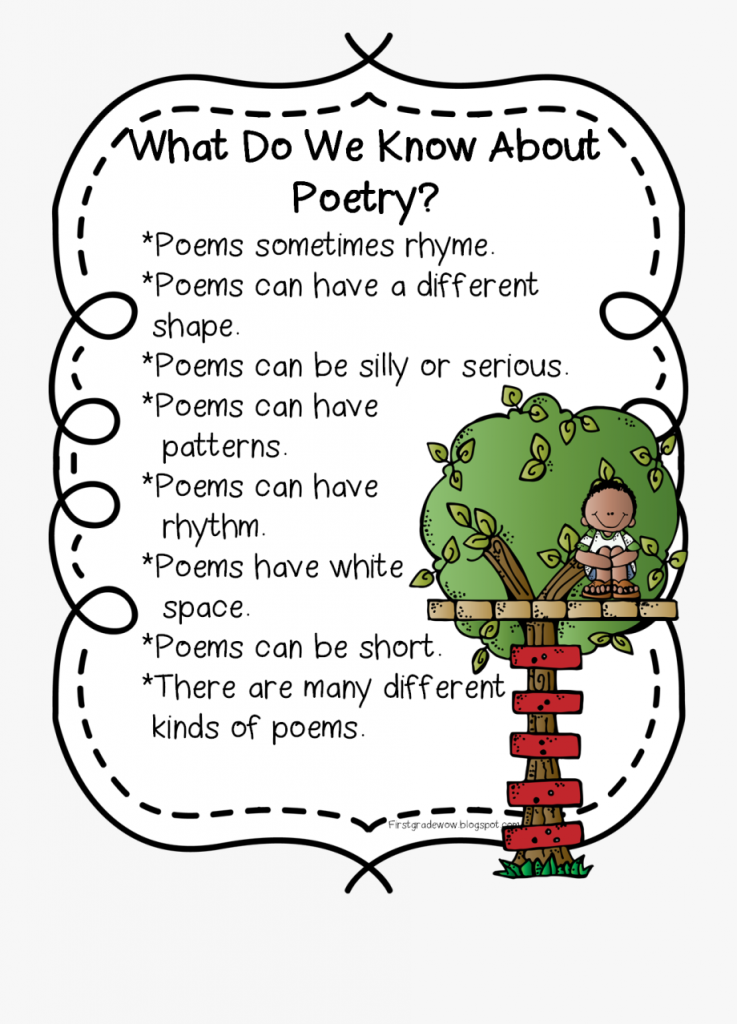
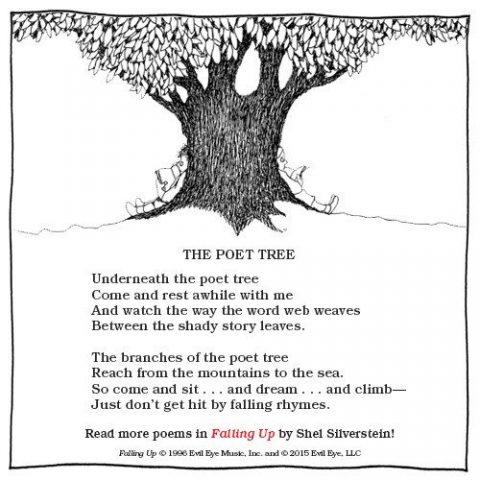
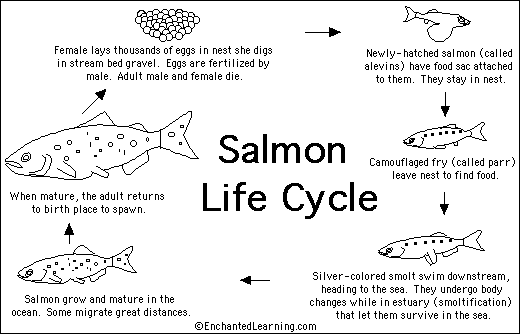
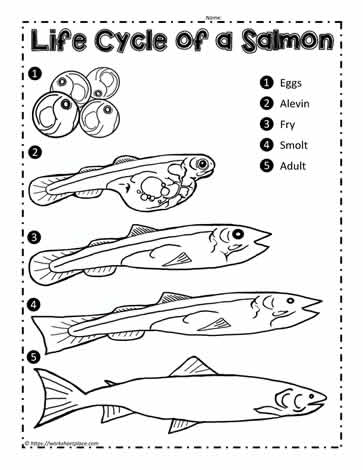
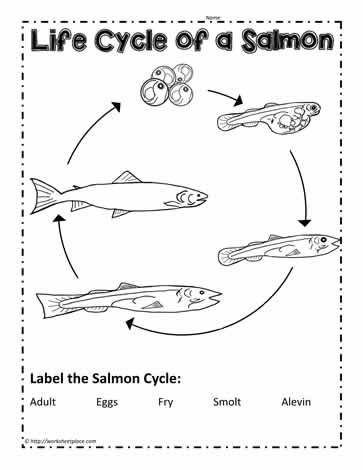
 The weather has been so incredible lately, I wanted to share a science/math idea that you could easily take outdoors! But before I do that, I want to take a moment to talk about it: our beautiful outdoors.
The weather has been so incredible lately, I wanted to share a science/math idea that you could easily take outdoors! But before I do that, I want to take a moment to talk about it: our beautiful outdoors.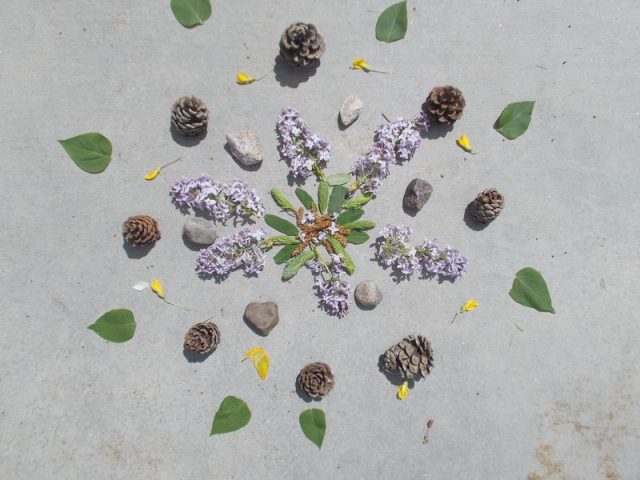
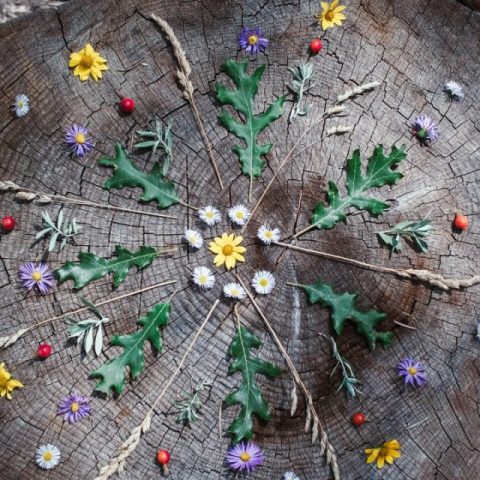
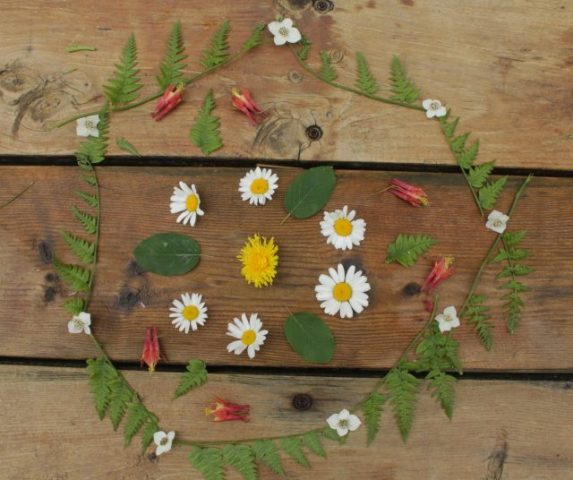
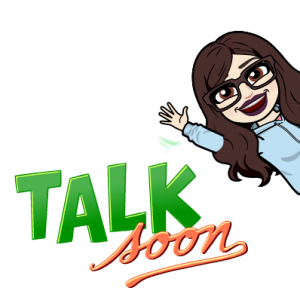
 Hi, everyone!
Hi, everyone!

 Now feels like a particularly poignant time to review germs with students at home.
Now feels like a particularly poignant time to review germs with students at home.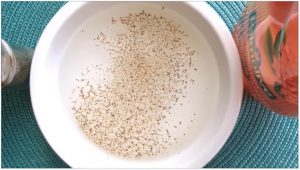
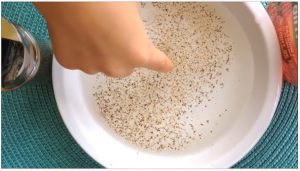
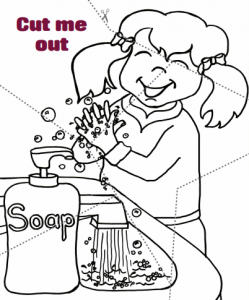
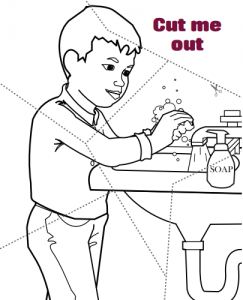
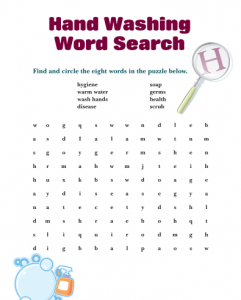
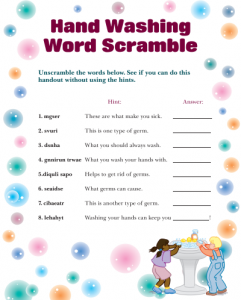

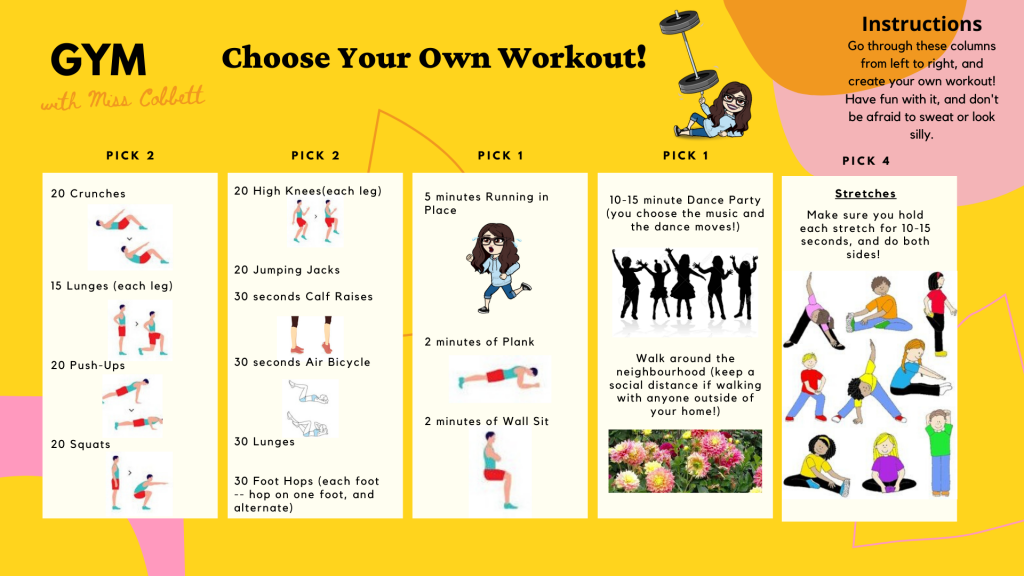
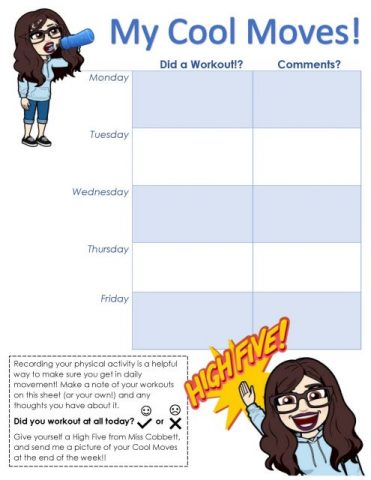
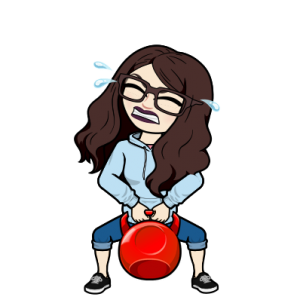
 Hi, everybody!
Hi, everybody!